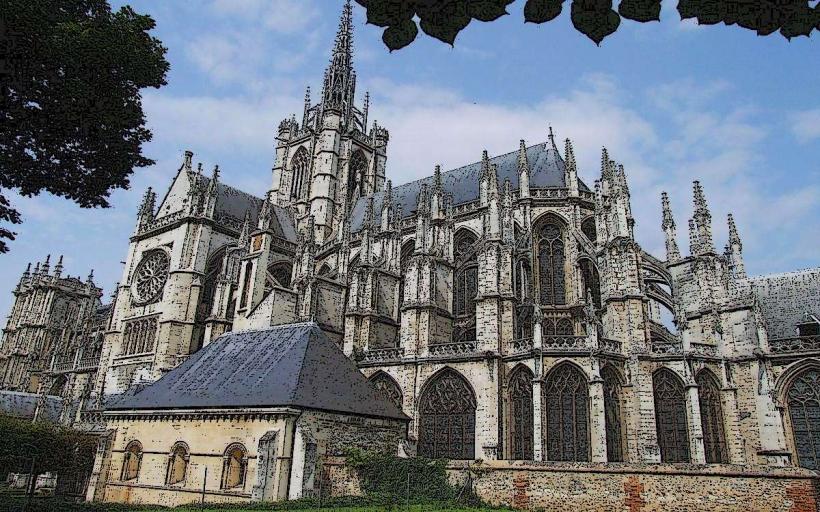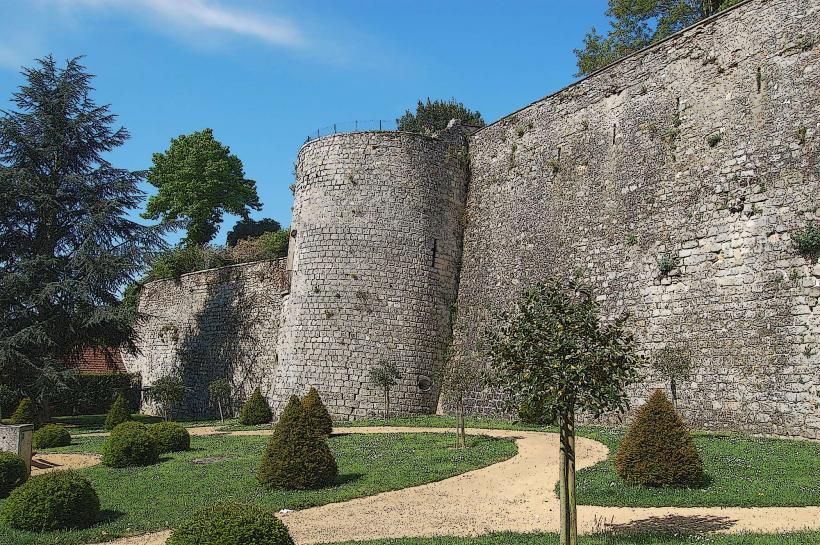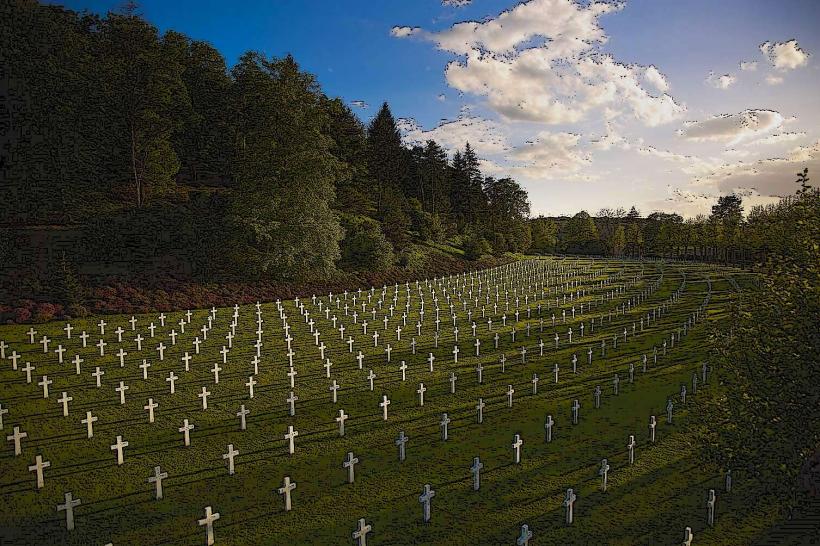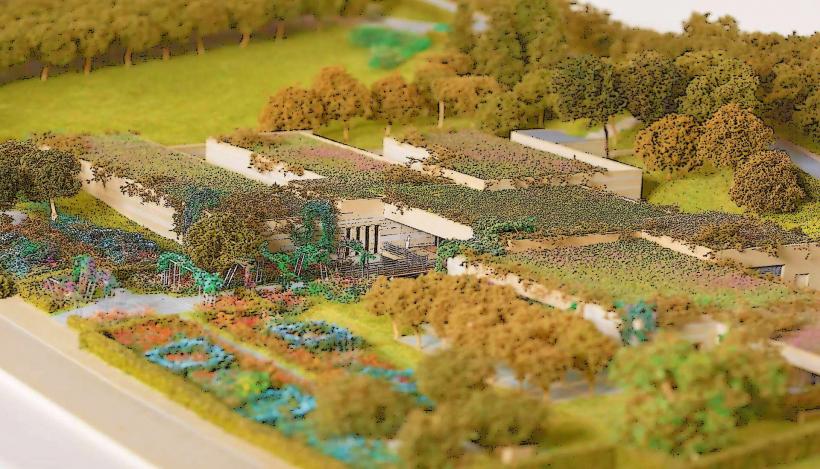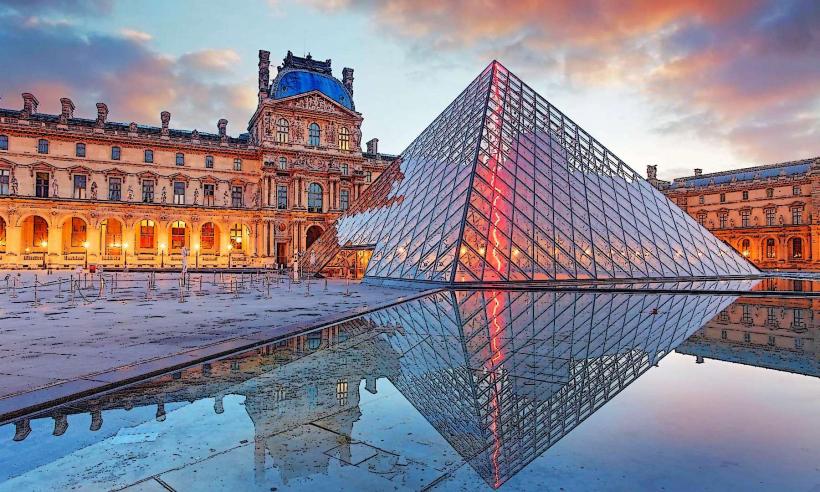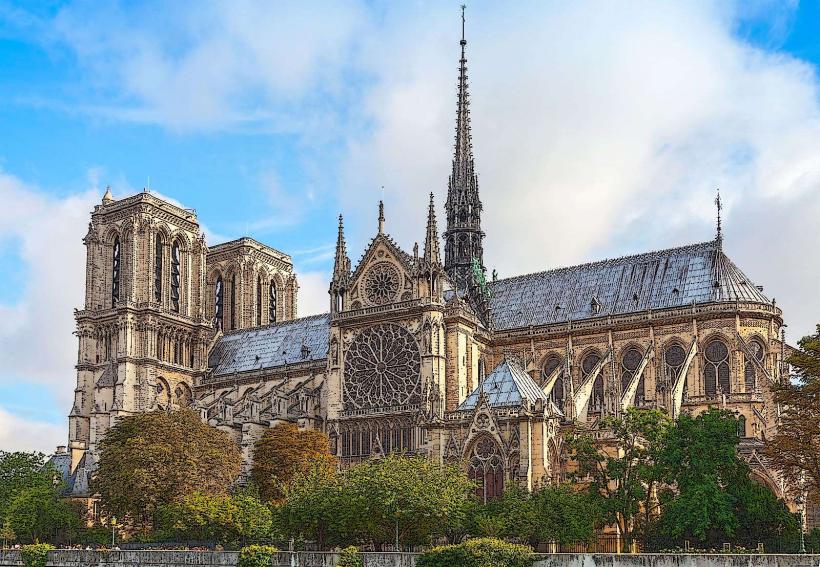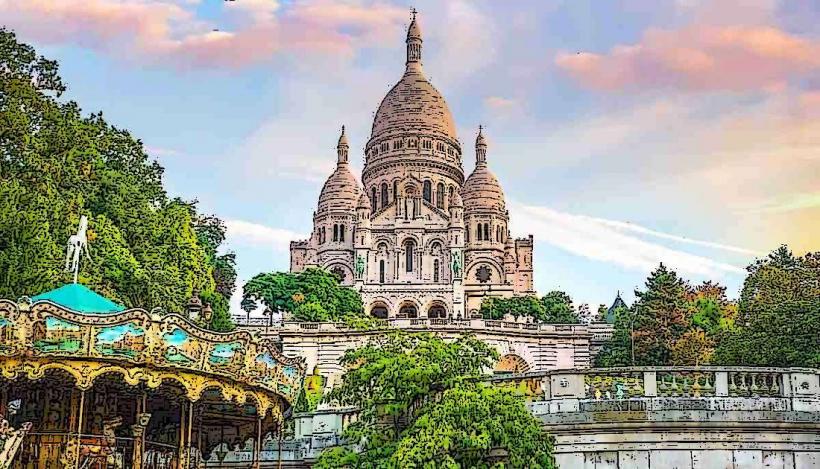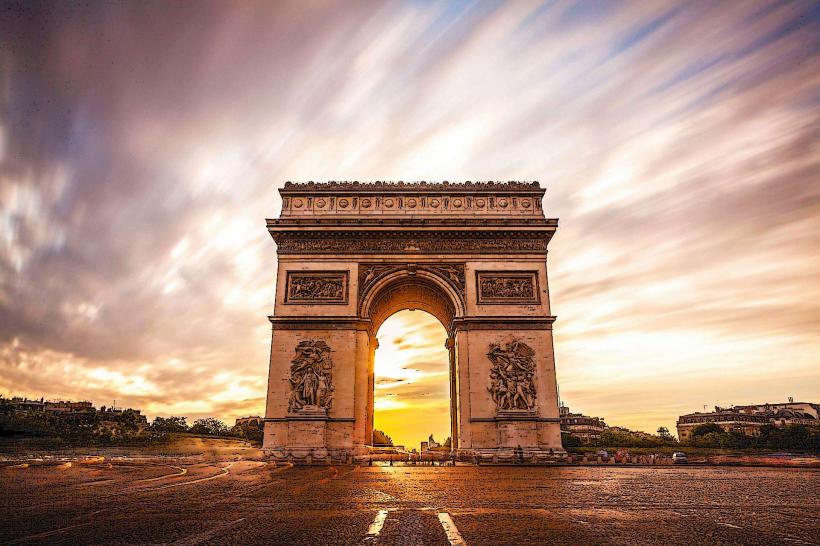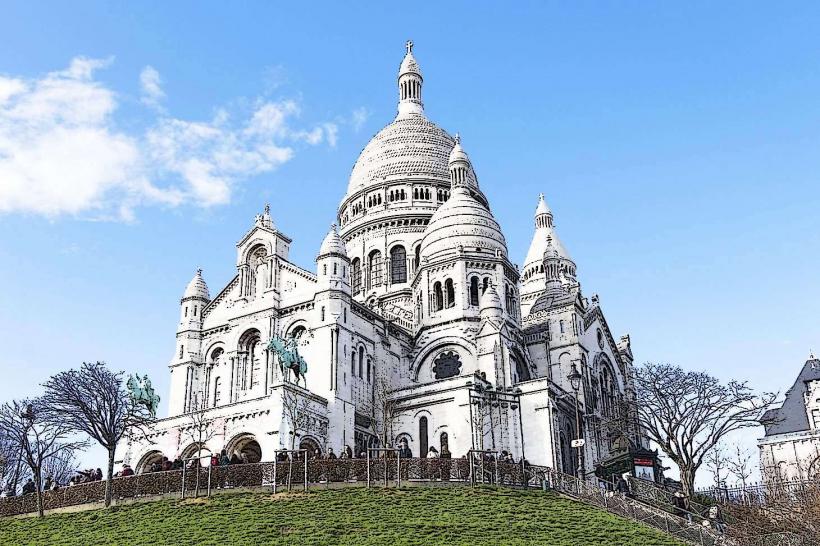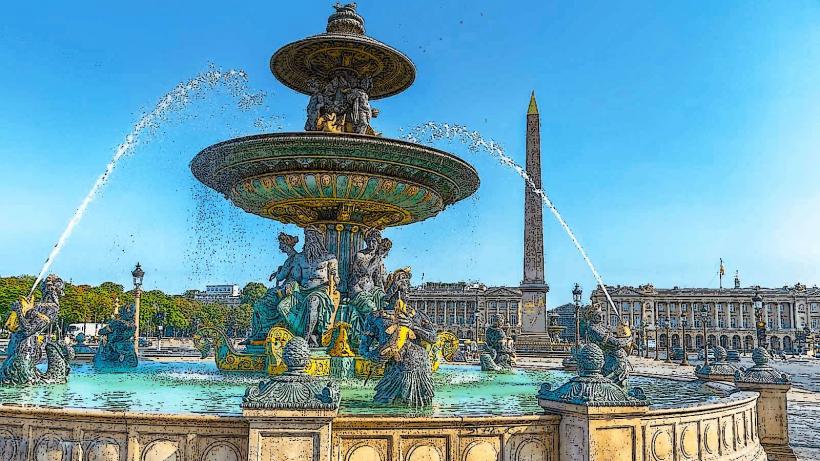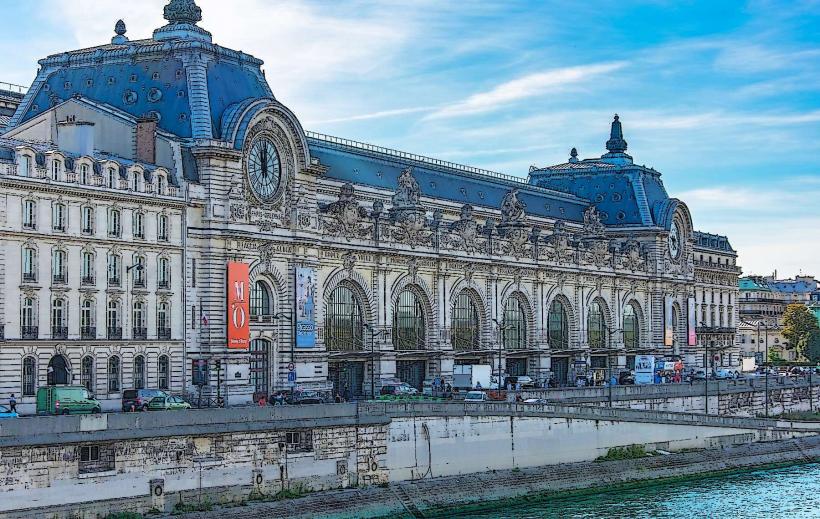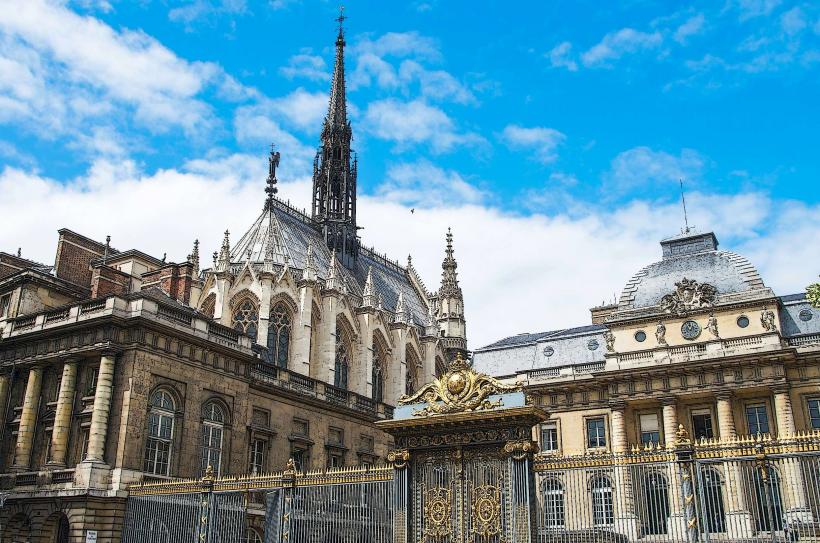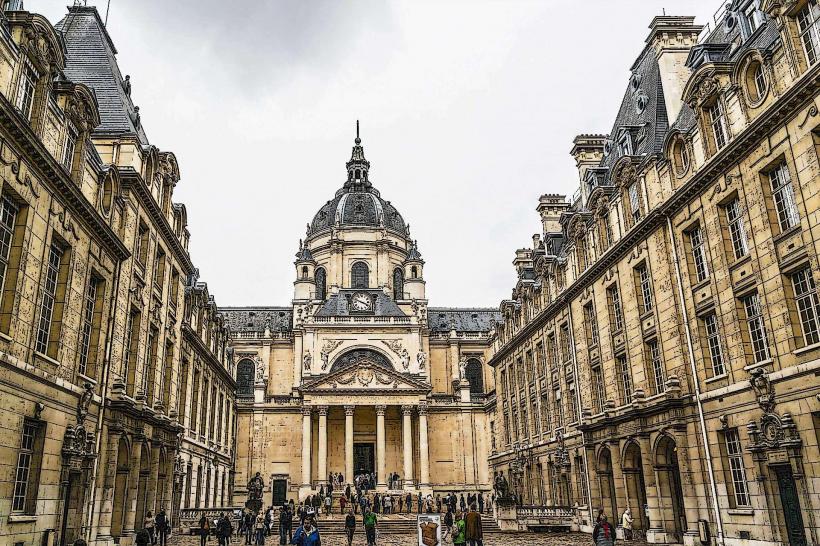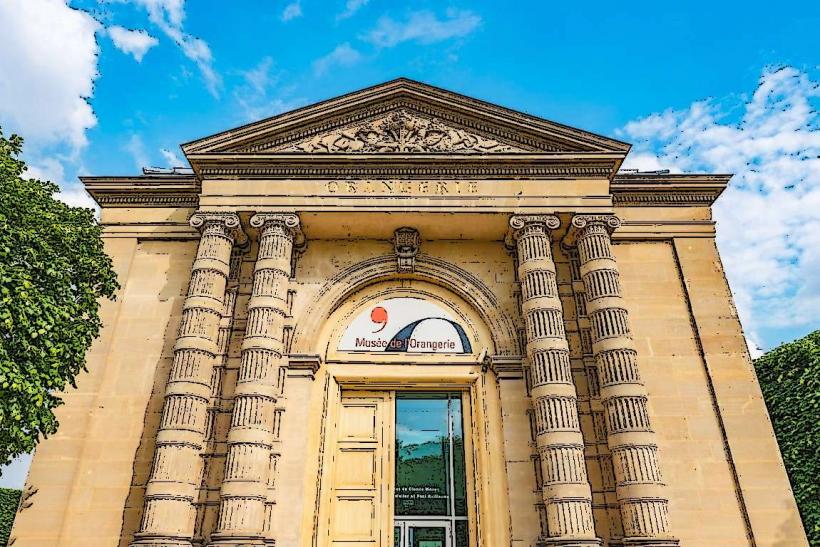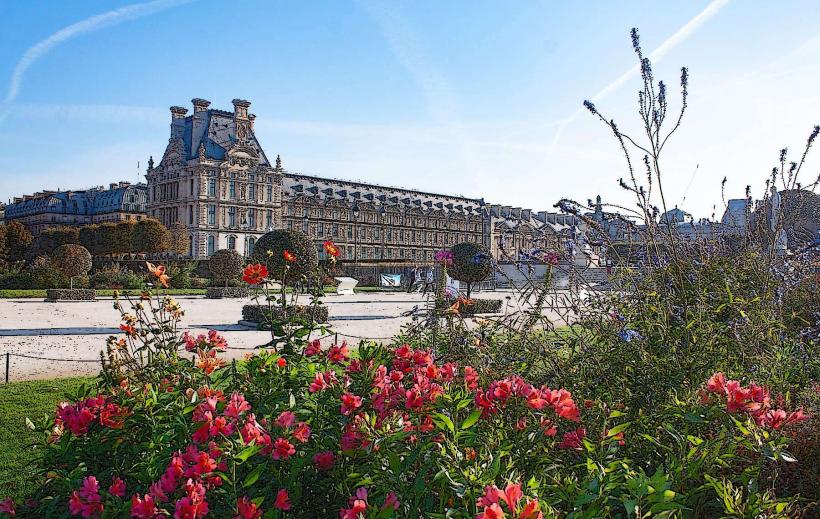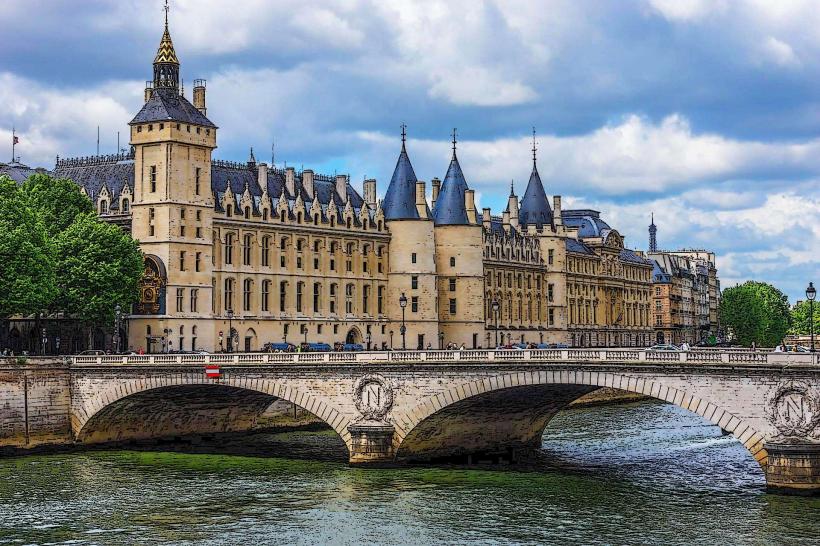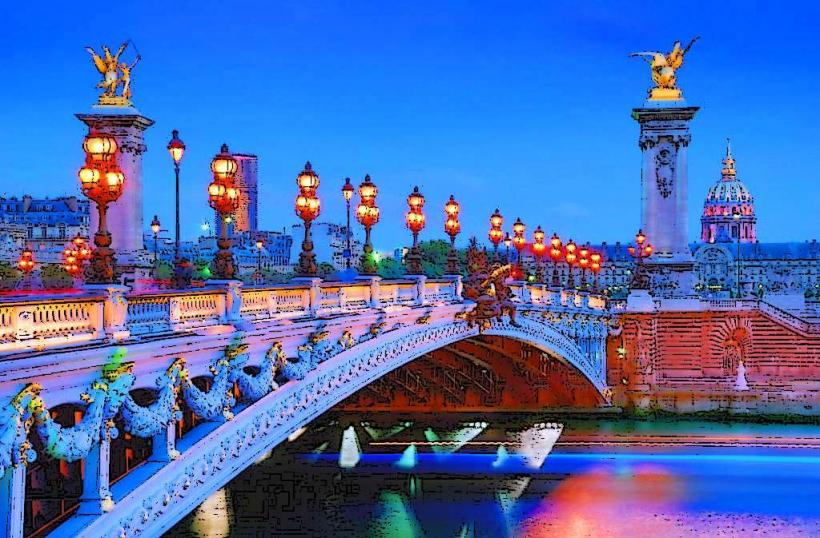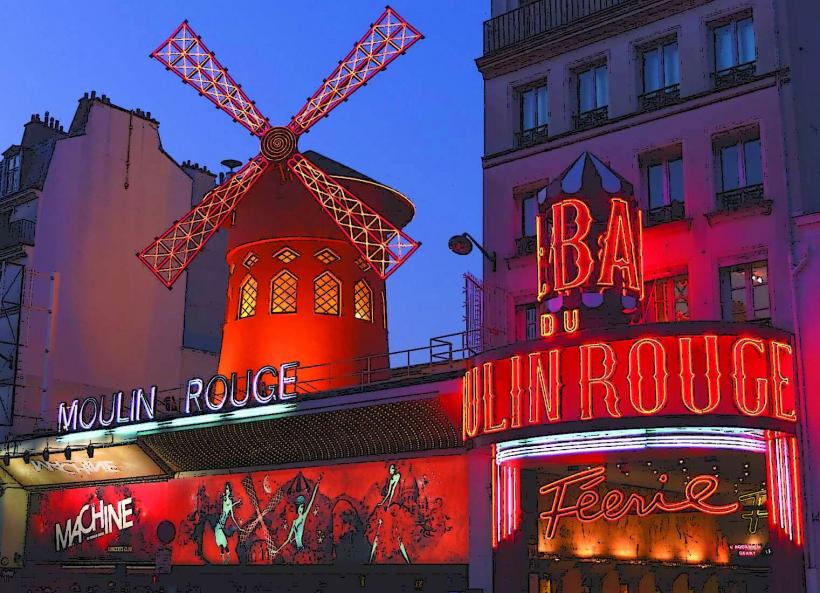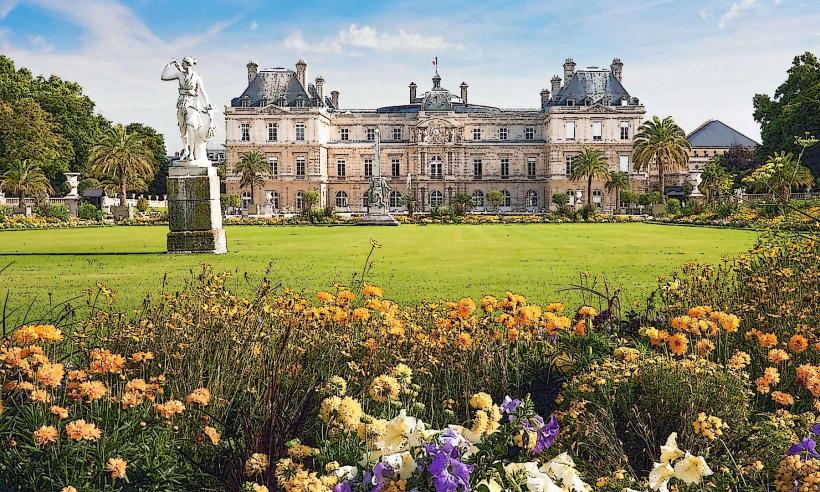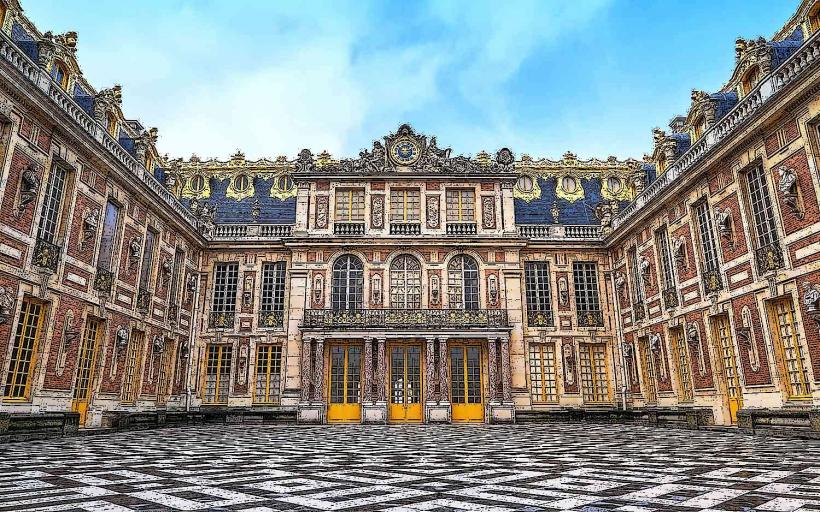Information
Landmark: Champs ElyseesCity: Paris
Country: France
Continent: Europe
The Champs-Élysées is one of the most famous and iconic avenues in the world, located in the heart of Paris, France. It is often referred to as "the most beautiful avenue in the world" due to its elegance, cultural significance, and central role in French history. Stretching from the Place de la Concorde to the Arc de Triomphe, the Champs-Élysées is not only a symbol of Parisian luxury and style but also a key focal point for both local life and international tourism.
1. History and Origins
Early Development: The name Champs-Élysées, which translates to "Elysian Fields" (a term from Greek mythology representing the afterlife paradise for the virtuous), reflects the grandeur and beauty that the avenue was meant to embody. Originally, the area was part of a large field, and in the late 17th century, it was transformed by the French landscape architect André Le Nôtre, who was responsible for the gardens of the Palace of Versailles. The Champs-Élysées was first developed as a tree-lined avenue that connected the Place de la Concorde with the Bois de Boulogne (a large park on the western edge of the city).
Expansion and Modernization: In the 19th century, particularly during the reign of Napoleon Bonaparte, the avenue was expanded and modernized to reflect the growing prestige of Paris. Under Napoleon III, the avenue gained its current appearance, with wide sidewalks, luxury shops, and public buildings. The Arc de Triomphe, located at the western end of the avenue, was completed in 1836, further enhancing the avenue’s status as a major thoroughfare and symbol of French national pride.
2. The Avenue's Layout and Key Features
Starting Point - Place de la Concorde: The Champs-Élysées begins at the Place de la Concorde, one of Paris's most famous squares. Here, visitors can see the Luxor Obelisk, a gift from Egypt, which stands at the center of the square. This historic area marks the eastern terminus of the avenue and is a key point in Parisian history, as the site of executions during the French Revolution.
Avenue's Width and Length: The Champs-Élysées is a grand boulevard that stretches 1.9 kilometers (1.2 miles) and is known for its wide, tree-lined sidewalks, making it both a scenic and practical route for travelers and Parisians alike. It is approximately 70 meters (230 feet) wide, allowing for large-scale public events, parades, and gatherings.
The Arc de Triomphe: The avenue ends at the Place Charles de Gaulle, where the Arc de Triomphe stands, symbolizing the French military’s triumphs. This monumental arch marks the western end of the Champs-Élysées and serves as the focal point of the avenue’s grand architecture.
3. Cultural and Commercial Significance
Shopping and Luxury: The Champs-Élysées is renowned for its high-end shopping. It is home to some of the world’s most prestigious and luxurious brands, including flagship stores of global fashion houses such as Louis Vuitton, Chanel, and Cartier. The avenue has become synonymous with luxury shopping, attracting both Parisians and tourists looking to experience the best of French fashion and elegance.
In addition to fashion, visitors can also find theaters, cinemas, and cafes, making it a prime destination for both cultural experiences and leisure activities.
Cafés and Restaurants: The Champs-Élysées is lined with cafés, bistros, and restaurants, offering a chance to indulge in Parisian dining and people-watching. Café Fouquet’s, one of the most famous cafés on the avenue, has been a gathering spot for celebrities, politicians, and artists for decades. It represents the classic Parisian café culture that blends sophistication with casual charm.
4. Events and Celebrations
National Celebrations: The Champs-Élysées has long been the site of major public events and celebrations. One of the most significant events held here is the Bastille Day military parade on July 14 each year. This national holiday commemorates the French Revolution and the storming of the Bastille. The parade includes military units from around the world and is attended by the French president and other political leaders.
New Year’s Eve and Christmas Lights: During the Christmas season, the avenue is beautifully decorated with holiday lights, attracting thousands of visitors who come to admire the festive decorations. Similarly, on New Year's Eve, the Champs-Élysées becomes the focal point of the celebrations, with crowds gathering to ring in the New Year.
The Tour de France: The Champs-Élysées is the final stage of the Tour de France, the world’s most prestigious cycling race. Each year, thousands of spectators line the avenue to watch the cyclists complete their journey, culminating in a dramatic sprint to the finish at the Arc de Triomphe.
Protests and Political Events: Historically, the avenue has been a site for political protests and demonstrations, reflecting its importance in French society. It has also hosted large public celebrations, such as the end of World War I and the liberation of Paris in 1944.
5. Iconic Landmarks Along the Champs-Élysées
Petit Palais and Grand Palais: On the south side of the Champs-Élysées, the Petit Palais and Grand Palais are two historic buildings that house museums and exhibition spaces. The Grand Palais is home to temporary art exhibitions and events, while the Petit Palais houses the Musée des Beaux-Arts, displaying works by major artists.
The Théâtre des Champs-Élysées: A renowned performance venue, the Théâtre des Champs-Élysées is known for its exceptional acoustics and hosting prestigious performances of classical music, ballet, and opera. It has played an important role in Paris's cultural scene since its opening in 1913.
6. Challenges and Modernization
Over the years, the Champs-Élysées has faced the challenges of over-commercialization, with some critics claiming that the avenue has lost some of its historical character due to the proliferation of global chain stores and fast-food outlets. In recent years, there have been efforts to revitalize the area and bring back some of its historic charm. The city of Paris has also taken steps to make the avenue more pedestrian-friendly, improving sidewalks and green spaces to enhance the experience for both locals and visitors.
7. Visiting the Champs-Élysées
How to Get There: The Champs-Élysées is easily accessible by Paris Métro, with Champs-Élysées – Clemenceau and Franklin D. Roosevelt being the most popular stations for visitors. The avenue is also within walking distance from some of Paris’s most famous landmarks, including the Place de la Concorde and the Eiffel Tower.
Best Time to Visit: While the avenue is bustling year-round, early mornings and evenings are ideal times for a more relaxed experience. The holiday season, particularly Christmas, transforms the avenue into a winter wonderland, while summer months offer the opportunity to enjoy outdoor cafés and restaurants along the street.
Conclusion
The Champs-Élysées remains an enduring symbol of Parisian elegance, culture, and history. With its blend of luxury shopping, historical landmarks, and national events, it continues to captivate the hearts of both visitors and Parisians alike. Whether it’s for a leisurely stroll, a shopping spree, or to witness a national celebration, the Champs-Élysées is an essential part of the Parisian experience and one of the most iconic avenues in the world.

